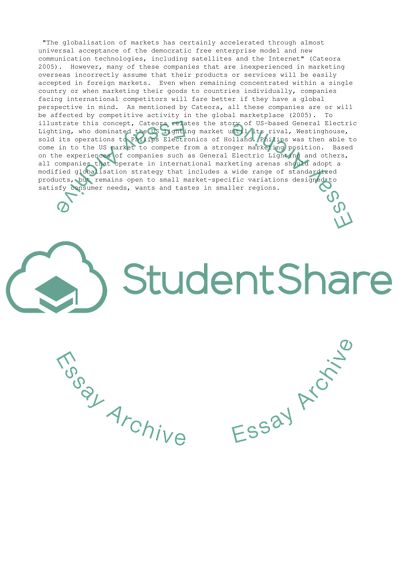Cite this document
(“Globalising with a local flair Essay Example | Topics and Well Written Essays - 1500 words”, n.d.)
Globalising with a local flair Essay Example | Topics and Well Written Essays - 1500 words. Retrieved from https://studentshare.org/business/1535448-globalising-with-a-local-flair
Globalising with a local flair Essay Example | Topics and Well Written Essays - 1500 words. Retrieved from https://studentshare.org/business/1535448-globalising-with-a-local-flair
(Globalising With a Local Flair Essay Example | Topics and Well Written Essays - 1500 Words)
Globalising With a Local Flair Essay Example | Topics and Well Written Essays - 1500 Words. https://studentshare.org/business/1535448-globalising-with-a-local-flair.
Globalising With a Local Flair Essay Example | Topics and Well Written Essays - 1500 Words. https://studentshare.org/business/1535448-globalising-with-a-local-flair.
“Globalising With a Local Flair Essay Example | Topics and Well Written Essays - 1500 Words”, n.d. https://studentshare.org/business/1535448-globalising-with-a-local-flair.


